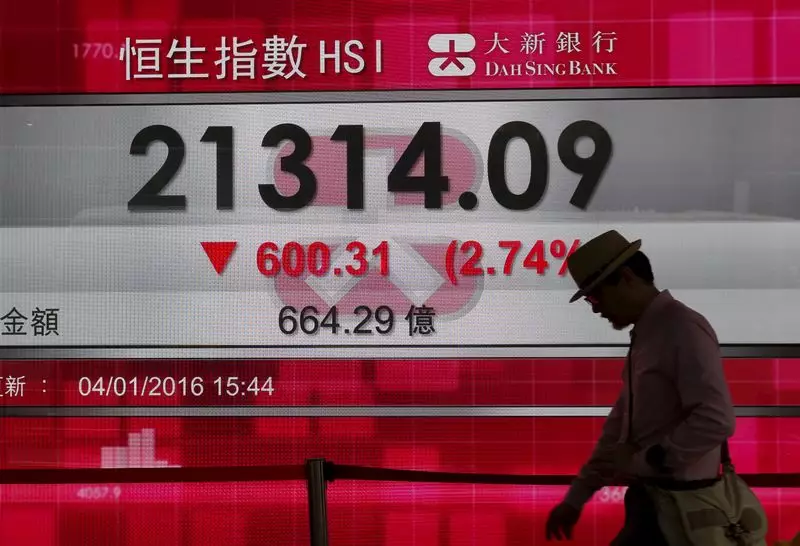Recent developments in China have sent ripples through financial markets, triggering reactions that experts have likened to the firing of a “bazooka.” Such policy shifts are intended to reinvigorate confidence in Chinese equities as they have been trading at depressed levels for an extended period. Analysts at BCA Research posit that these new measures aim to stimulate not just stocks but also broader components of the economy, reminiscent of an attempt to revitalize global interest in “China plays” on international markets. A noticeable rebound in market sentiment indicates that investor enthusiasm could be reignited, presenting a temporary window for potential gains.
However, while the immediate aftermath seems promising, it begs the larger question of sustainability. Will these aggressive policy measures have lasting benefits that extend beyond mere surface-level reactions? Investors are motivated by short-term opportunities, yet the underlying economic challenges suggest that a more profound recovery is uncertain.
Despite the initial enthusiasm surrounding the government’s interventions, BCA Research’s analysts caution against overly optimistic interpretations of these developments. They highlight the persistent structural issues that plague China’s economy, which pose significant barriers to recovery. With ongoing debt deflation and a historically reserved local populace, consumer confidence appears fragile. A critical assessment is warranted here; the recent subsidy—accounting for merely 0.8% of GDP—will likely not catalyze the sweeping changes necessary to spur genuine economic momentum.
In the realm of real estate, where many experts pinpoint ongoing difficulties, the situation is particularly dire. The property market continues to serve as a significant economic drag, exacerbated by low household income growth and existing financial strains. Hence, without radical measures—such as a comprehensive quantitative easing initiative tailored for the property sector—the much-needed recovery seems elusive.
Additionally, the waning confidence among private sector businesses adds another layer of complexity to the situation. Hesitance towards governmental policies targeting large private enterprises exacerbates apprehensions about future corporate health. Local governments, weighed down by escalating debt levels and ongoing anticorruption efforts, are also feeling the pressure. Their sluggishness in implementing growth-fostering policies poses a further obstacle.
Without robust interventions to enhance lending and consumer spending—particularly in a context where actual lending rates remain elevated—it’s likely that broader economic revitalization will be stymied.
While the recent policy announcements may grant Chinese stocks a short-lived adrenaline rush, a comprehensive economic turnaround seems to hinge on overcoming entrenched challenges. The real test of these measures will be whether they can navigate through structural economic difficulties and sustain the momentum beyond the immediate market reactions. As we delve deeper into this unfolding narrative, it becomes evident that stakeholders must remain critically aware of the distinctions between short-term market performance and long-term economic health. The complexities of China’s situation require tempered expectations and strategic foresight moving forward.

